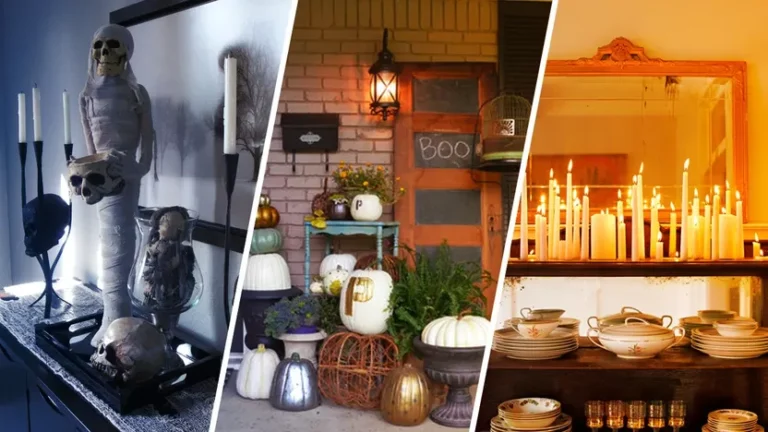
Because most buyers start their home search online, it’s vital that sellers’ listing photos can drum up interest, even in the colder months.
Never judge a book by its cover, says the old adage. But when it comes to homebuying – especially with 96% of all buyers searching online for properties, according to the National Association of REALTORS® – the “cover” can actually make all the difference.
Sellers: In the wintertime, when snowy yards and salted driveways replace eye-catching greenery, it’s smart to take extra measures to ensure your listing photos showcase the best features of your home.
Is your home hitting the market this winter? Consider these tips for generating the best quality listing photos that stop digital scrollers in their tracks.
1. Work with a professional photographer
Your real estate agent should have a bevy of trusted contacts on hand for homebuying and selling related services, and will often arrange the professional photography as part of their service.
With high resolution clarity, professional photography can elevate any listing and help accentuate a property’s most noteworthy features. A professional photographer can identify the perfect height for positioning the camera, determine when to take wide-angle shots and may offer other tips and tricks for staging (hint: close the toilet lid!).
2. Plan around the weather
Weather can be notoriously unpredictable, especially in the winter. If possible, plan your listing photo shoot for a day with sunshine on the docket. This will present the exterior of the home in cheery lighting and highlight pops of color – like catching buyer’s eyes with a blue-sky background.
In addition to daytime shots, try getting a high-quality photo at dusk, too, to illuminate the windows of the home and give off an inviting look. You may even catch a vibrant sunset in the background for an extra pop of color.
Some buyers may also consider including a photo of the home’s exterior from the warmer months as a way to showcase exterior features like freshly laid sod or blooming flowers.
3. Maintain the outside
Don’t be fooled: Curb appeal is just as important in the winter as it is in any other season. Spruce up the exterior of the home by removing lingering holiday décor, shoveling snow off walkways, and trimming exposed shrubbery. If snow has melted – or if you live in a warmer climate – get rid of dwindling leaves, sticks, and debris on the lawn.
Consider updating light fixtures on the front of the home and adding a new welcome mat by the door.
4. Expose natural light
Just like the exterior, optimal lighting is extremely important inside the home, too. Help photos appear brighter by opening shades, drawing curtains, and moving anything that obstructs windows. Check for – and replace – burnt-out bulbs in advance of the photos being taken. Before photos are taken, turn on the lights in each room for extra illumination.
For even more brightness in photos – and to create the blank canvas effect – some real estate agents suggest creating a synchronized feeling by painting the home’s interior walls a pale, neutral shade. For home sellers whose walls boast dated wallpaper or loud colors, this can prove especially helpful for resale value.
5. Stage for the season
Help buyers see your home as an inviting escape from the winter elements. If the home has a gas fireplace – easily controlled by a switch – turn it on for photos. If the home has a woodburning fireplace, consider lighting a fire in time for photos.
Winter means more gear – like shoes, coats, and even snow shovels – can make its way into the home, specifically into the entryway. Hide away these items, as well as other personalized items throughout the house, before photos are taken.
Staging with furniture, art, pillows and other accessories is a key way to elevate a home’s aesthetic and help it appear like a customizable space for prospective buyers. While keeping minimalism in mind, placing items like plants strategically in a room can help draw the buyers’ gaze to highlight features.
Getting ready to list your house for sale? Contact a local RE/MAX agent.
Article originally appeared on RE/MAX.com.







